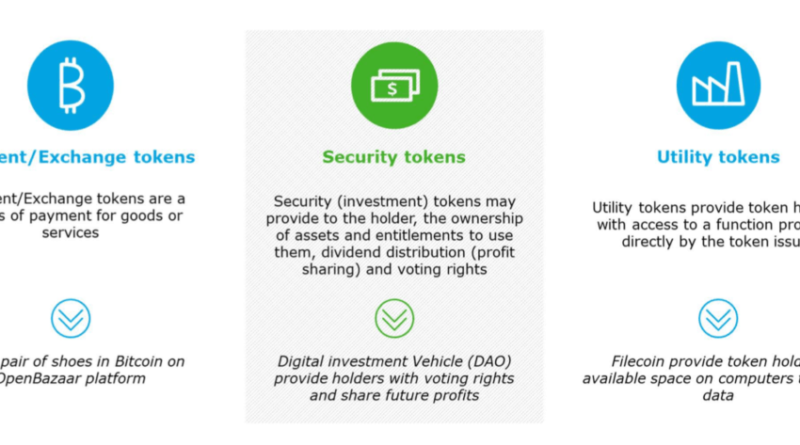Reports Says Security Tokens are the Future But Needs a Well Defined Regulatory Framework
As Originally Published on crowdfundinsider.com
By
This falls under the category of recently discovered as this report by Deloitte Luxembourg was released several months ago. But while much of what the authors have to say will come as accepted gospel to industry advocates, Deloitte makes a few interesting points.
The Deloitte report on crypto-assets, and more specifically security tokens, acknowledges that the ecosystem is very much evolving. The authors pose the question as to whether or not security tokens are the securities of tomorrow. They very much believe it is:
“In our view, the answer is yes. The security token is the security of the future. European and local authorities now acknowledge that DLT platforms and security tokens can provide clear added value in terms of transparency, efficiency and enhanced reporting/oversight.”
But this new type of digital asset can only thrive in an environment that incorporates “a well-defined regulatory framework.”
“This is a prerequisite if we are to establish a trusted, transparent, and resilient environment that serves regulators and investors alike … To fully leverage DLT and security token opportunities, we need to view DLT not simply as a new type of “database” but rather as a new way to organize the security value chain from issuance to custody. This is clearly one of the main challenges we face, as we will have to break away from the sequential centralized value chain model and embrace a distributed ledger model where participants can access the same information at the same time.”
This optimistic opinion is joined by the fact that there remain many persistent questions as DLT [distributed ledger technology] continues to adapt and evolve.
As do some other industry participants do, the authors see “permissioned ledgers” as leading the charge when it comes to the financial services industry. Additionally, the authors clarify the three different types of digital assets: security tokens, payment tokens and utility tokens – and some tokens may be all three (just like the Swiss have said).
Regarding security tokens offerings, the paper states that:
“STO represents an innovative new opportunity for issuers and investors involved in the primary market. STO can be more organized in a more standardized and efficient way.”
As securities catch up with the times, crypto assets can benefit from the “smart contract” ability to automatically conform to regulations, such as KYC and AML, terms and conditions, and regulatory transparency – or Regtech. This regulatory transparency should help incentivize regulators pursuit of a robust digital asset ecosystem.
These qualities may be used for debt, equity, property but also for more esoteric assets such as intellectual property and much more.
There are risks and challenges to all of this. The cornucopia of regulatory agencies and policymakers have yet to define a well-lit path. Change is hard. The European regulatory framework is in the works but this will take some time.
“We believe that the success and the development of the security token will also, and primarily depend on, compliance with key securities regulations. This is fundamental to winning the trust and confidence of authorities and investors and providing them with the transparency they expect.”
The authors describe DLT as starting as a niche in Fintech to emerging as a “disruptive force re-shaping the securities business model.”
Looking into their crystal ball, Deloitte sees several possible futures for security tokens – some incorporate a good amount of chaos as innovation is never simple and not a binary process. But in the end, it is up to the regulators – along with industry participants – to define how society will benefit from the new technology:
“Without a recognized regulatory framework, the security token will not be able to develop in a sustainable way … Security tokens have to comply with the existing transferable securities definition and the related regulations established over the last 10 years in order to gain the trust of investors and regulators. These different elements will ensure that there are deep pockets in the event of failure and that the distance between current and future legal environments is not too large, as these deep pockets may already have the necessary licenses to operate and the standing to put their money on the line. The only issue is ensuring that often-outdated systems are nimble enough to adapt.”
While current leaders in the DLT sector strive to disrupt the analog incumbents these early leaders may end up being fodder for what’s to come. Innovation in the securities industry is inevitable. DLT is the catalyst for this innovation to occur.

